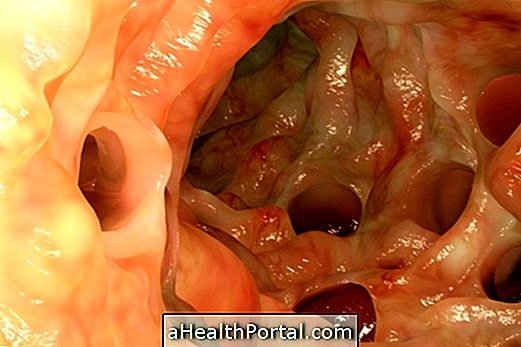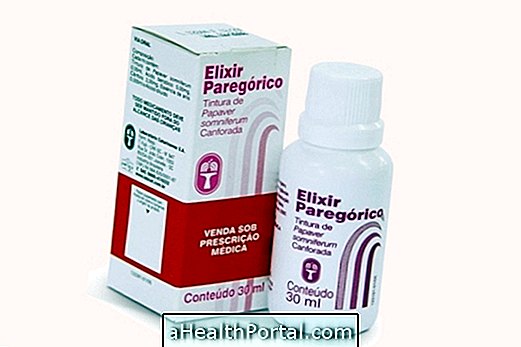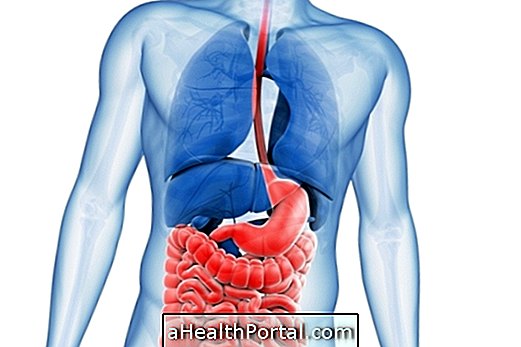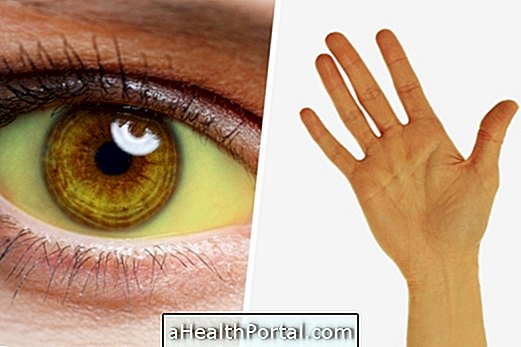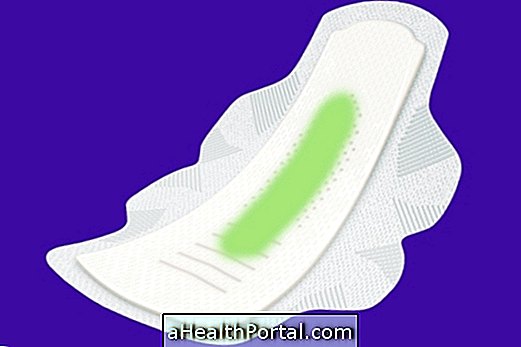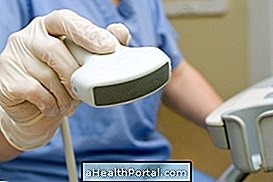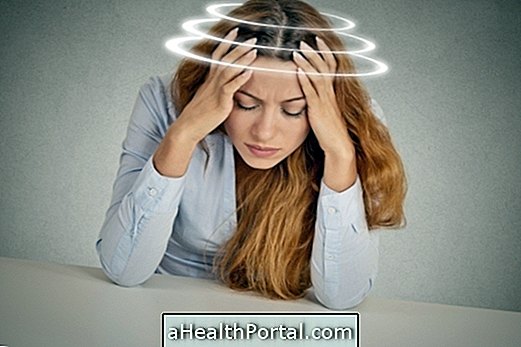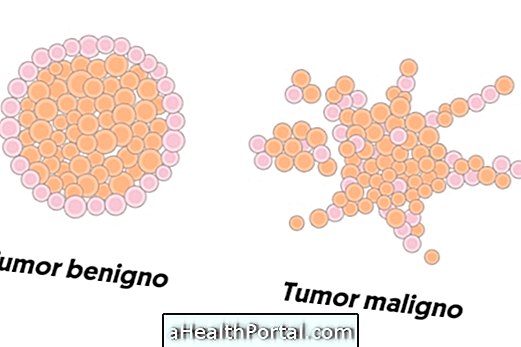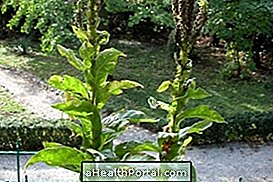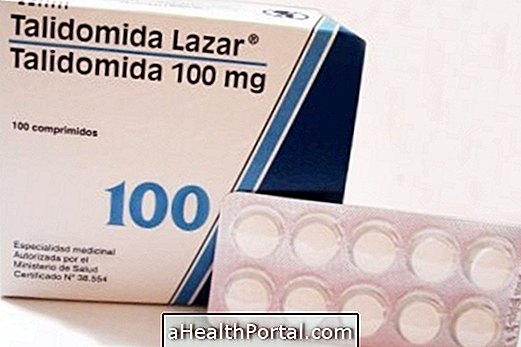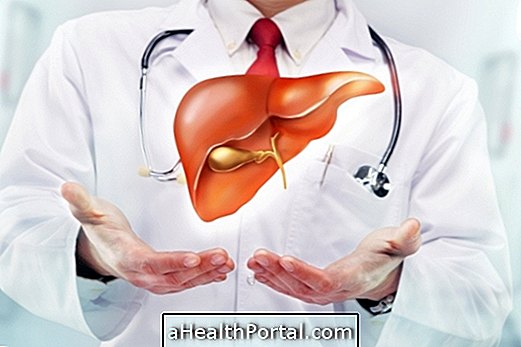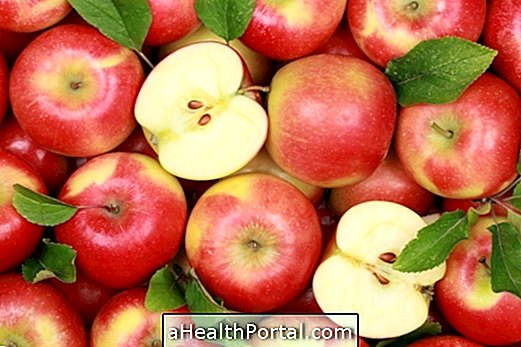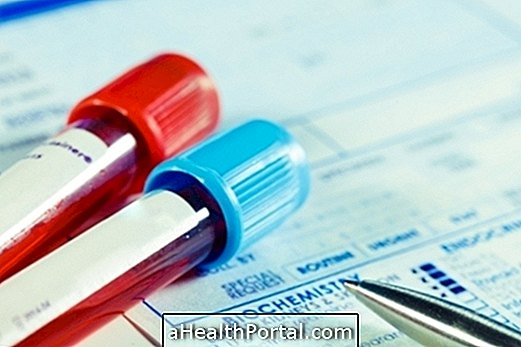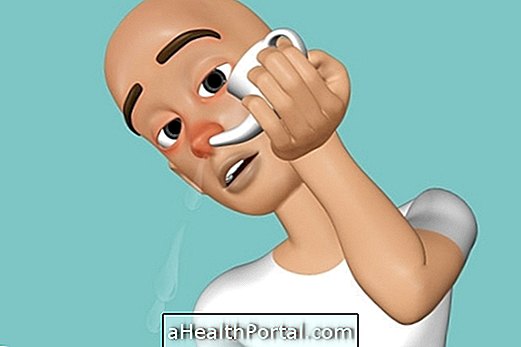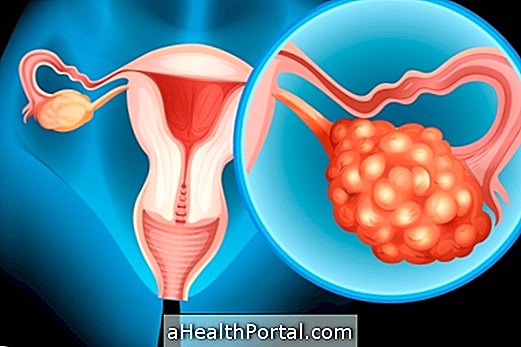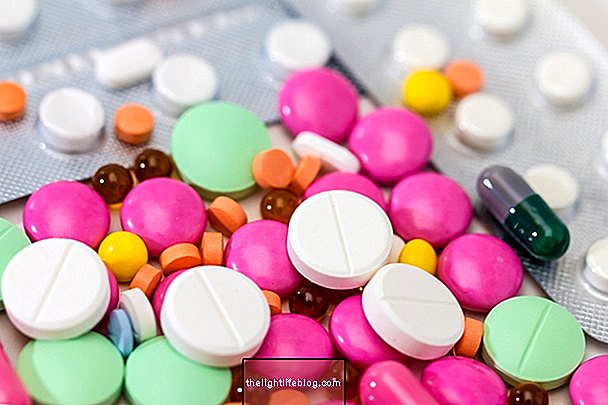Treatment for polyps in the gallbladder is usually started with frequent ultrasound examinations in the gastroenterologist's office to assess whether polyps are increasing in size or number.
Thus, if during the evaluations the doctor identifies that the polyps are growing very fast, it may be necessary to have surgery to remove the gallbladder and prevent the development of biliary cancer. If the polyps remain the same size, you may not need to have any treatment.
Vesicular polyps usually have no symptoms and are therefore discovered accidentally during abdominal ultrasound examinations during treatment of colic or gall stones, for example. However, in some cases symptoms such as nausea, vomiting, right abdominal pain or yellowing of the skin may appear.
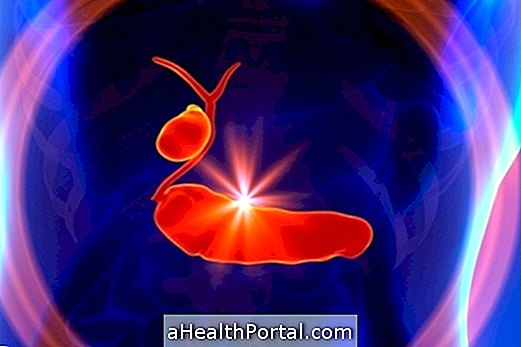
When to treat polyps in the gallbladder
Treatment for polyps in the gallbladder is indicated in cases where the lesions are over 10 mm in size, as they are at increased risk of becoming cancer. In addition, treatment is also indicated when polyps, regardless of size, are accompanied by gall stones, as it helps to prevent the onset of new seizures.
In these cases, the gastroenterologist may recommend that the patient undergo surgery to completely remove the gallbladder, called cholecystectomy, and prevent the development of cancer lesions. Find out how the surgery is done in: Gallbladder surgery.
Food to avoid pain
Food for patients with polyps in the gallbladder should have little or no fat, avoiding to the utmost the eating of naturally occurring animal fat proteins such as meats and even fatty fish such as salmon or tuna. In addition the food preparation should be based on cooking with water and never on fried foods, baked goods or food with sauces.
In this way, the work of the gallbladder is less demanded by diminishing its movements, and as a consequence the pain. However, feeding does not decrease or increase the formation of polyps.
Learn how to feed in detail when you have gallbladder problems at:

Check out all the tips in: Diet in the bladder crisis.
